In a modest seaside town north of Barcelona, a quiet chapter in the history of Spanish amateur radio is etched into the memory of its few surviving protagonists. The Sección de Premià-Maresme, led by veteran operator José Olivera López (EA3KS), may meet today in a local café, but its story once reached across Catalonia and Andorra — not over the airwaves, but on wheels.
Between 1990 and 1994, thanks to the vision of José and the unlikely backing of the Obra Social de la Caixa, Spain witnessed its first and only mobile radio school. This ambitious project — officially titled Taller Escuela Itinerante — was both a technical outreach and a social experiment: a traveling classroom that introduced thousands of students to amateur radio and FM broadcasting. The school came equipped with dual studios, pre-designed lesson materials, and a full pedagogical loop. It was, in effect, a STEM initiative before STEM was a buzzword.
That it was conceived and built by radio amateurs, not policymakers, makes its brief existence all the more remarkable.
And yet, like so many grassroots revolutions, it suffered a quiet demise. The project — costing over 15,000 euros (in early ’90s currency) — was left without structural support once its sponsor withdrew. URE, Spain’s national ham radio association, failed to seize the opportunity, offering little more than rhetorical nods to youth engagement. The school's final fate? Packed away in a storage unit, its mission unfulfilled.
Despite this, the section never disappeared. José, the second-generation operator behind EA3KS, remains active. A recipient of URE’s “Botón de Oro,” he and his father (Pepe) have operated under an extraordinary list of callsigns — from C31VN in Andorra to LU/EA3KS in Argentina — contributing to contests, awards, and international ham diplomacy. But the ghost of the school project lingers. It is a symbol of both what was possible, and what was lost.
In a world where governments now pour billions into digital literacy, the Taller Escuela Itinerante was decades ahead of its time. And today, as the ham community seeks to rekindle youth interest, the lesson from Premià-Maresme is clear:
Innovation doesn’t always need money — but it does need memory.


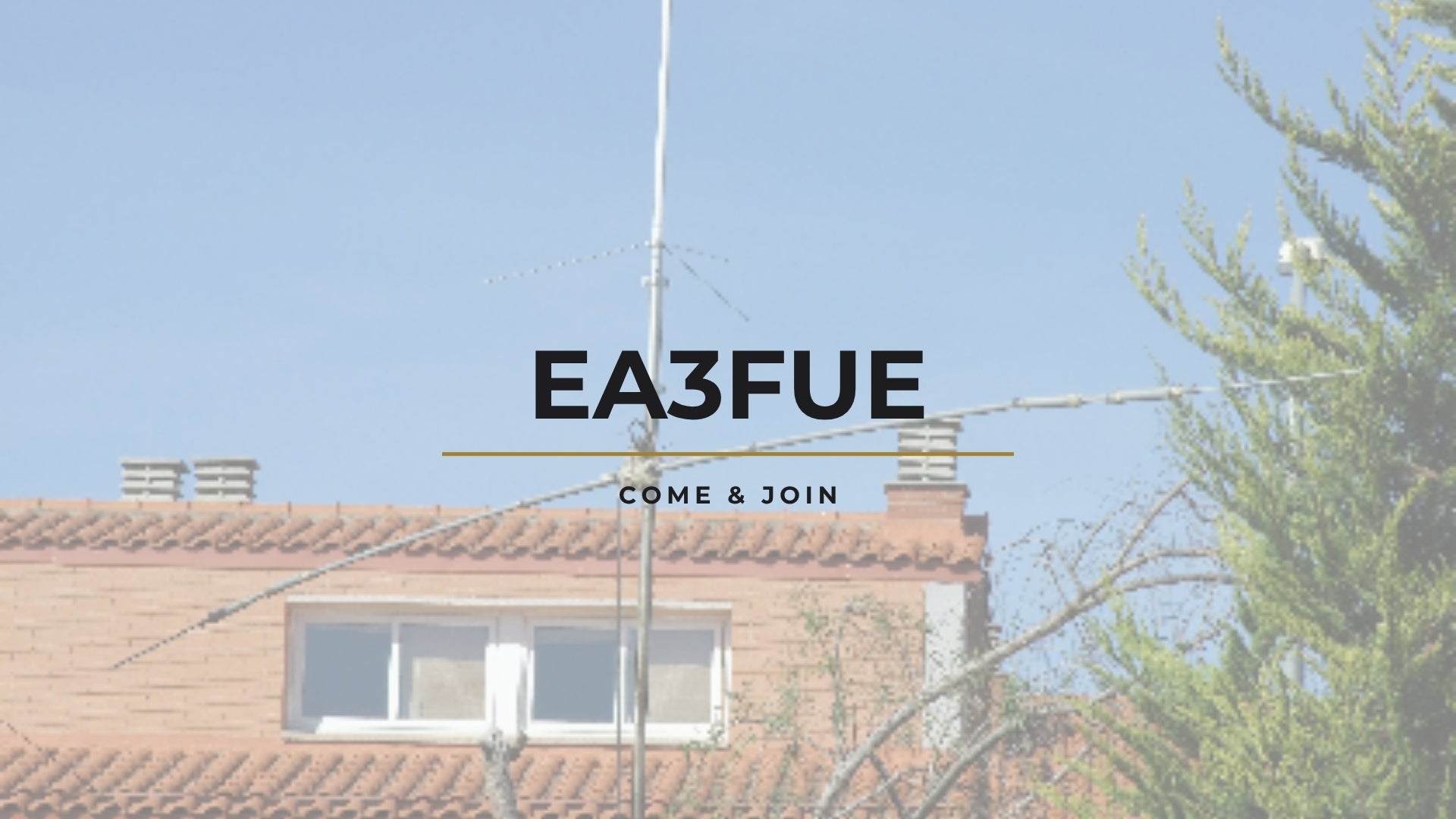

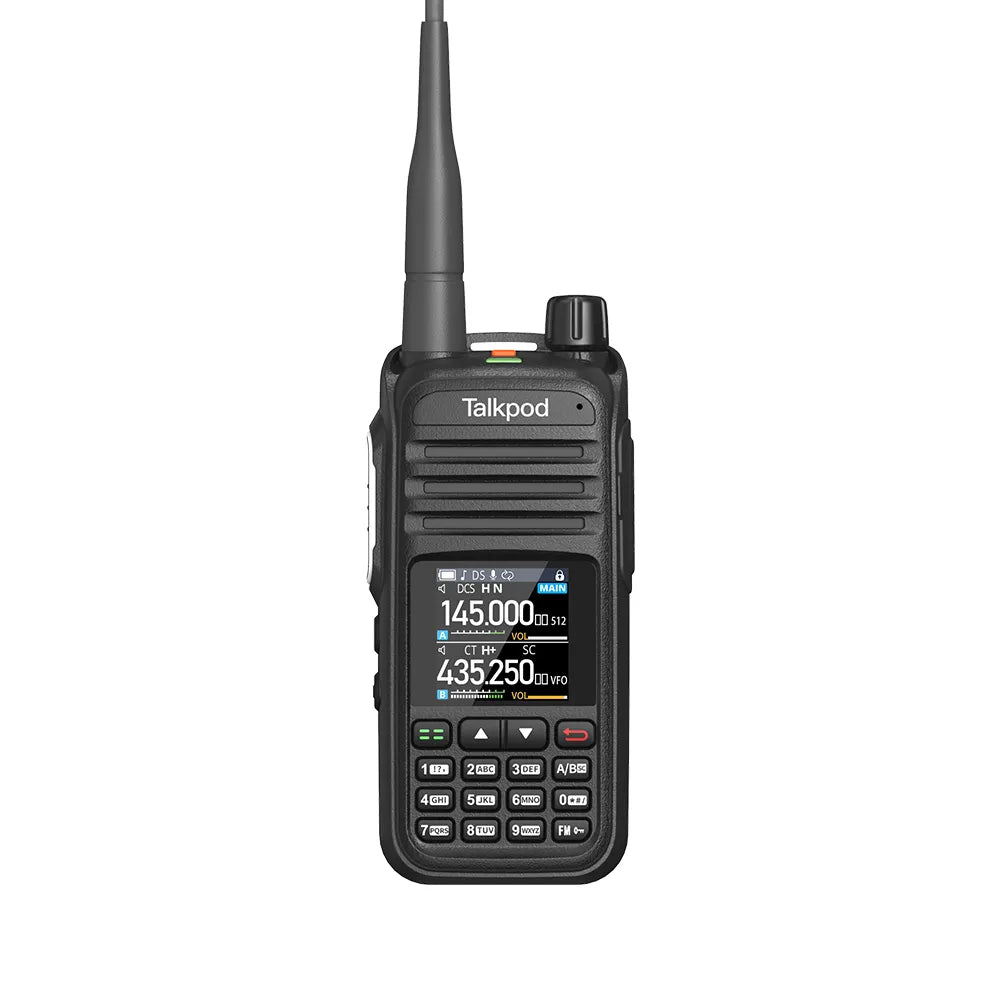
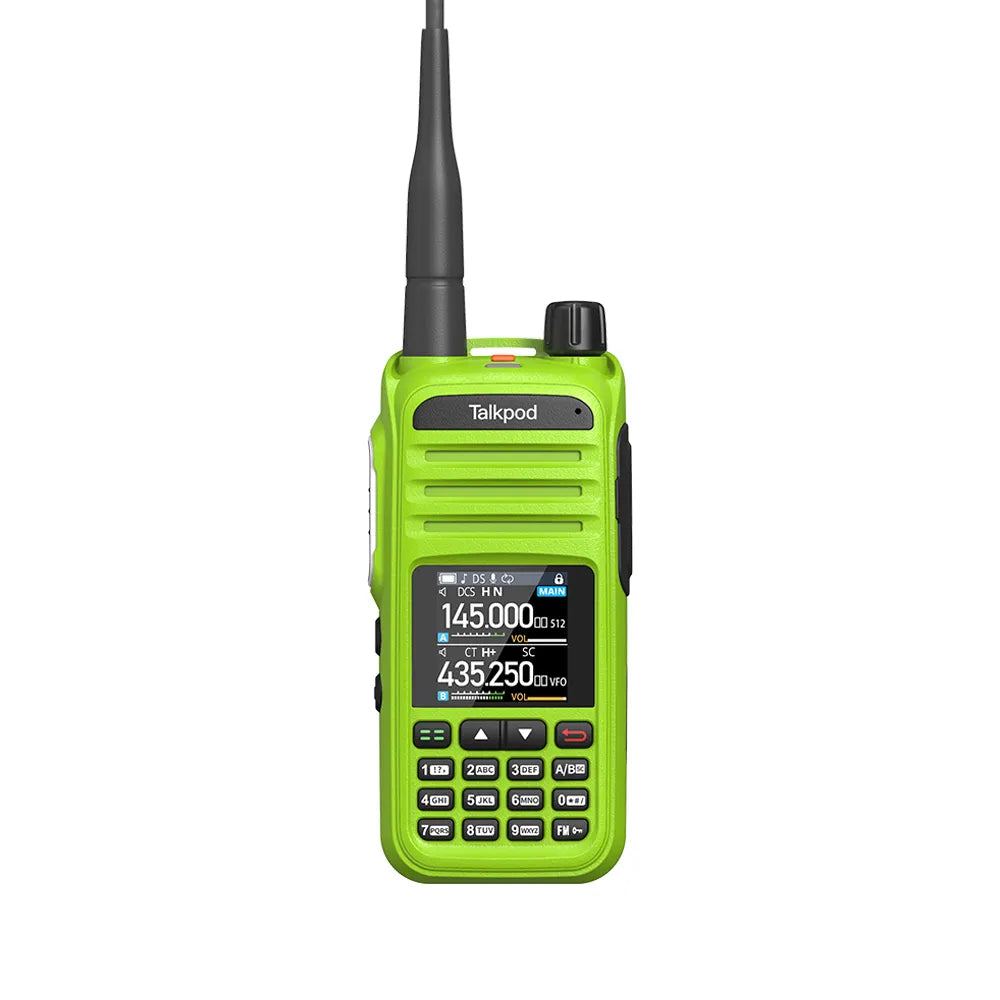


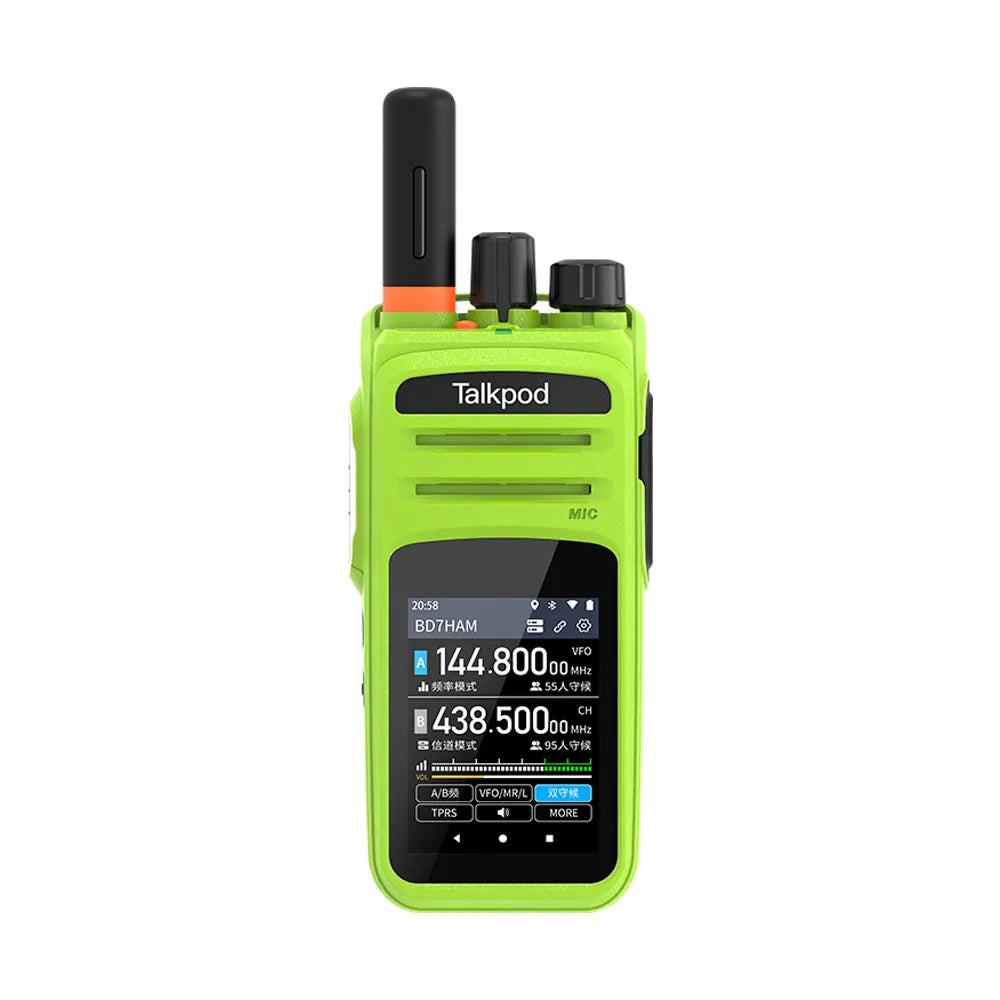
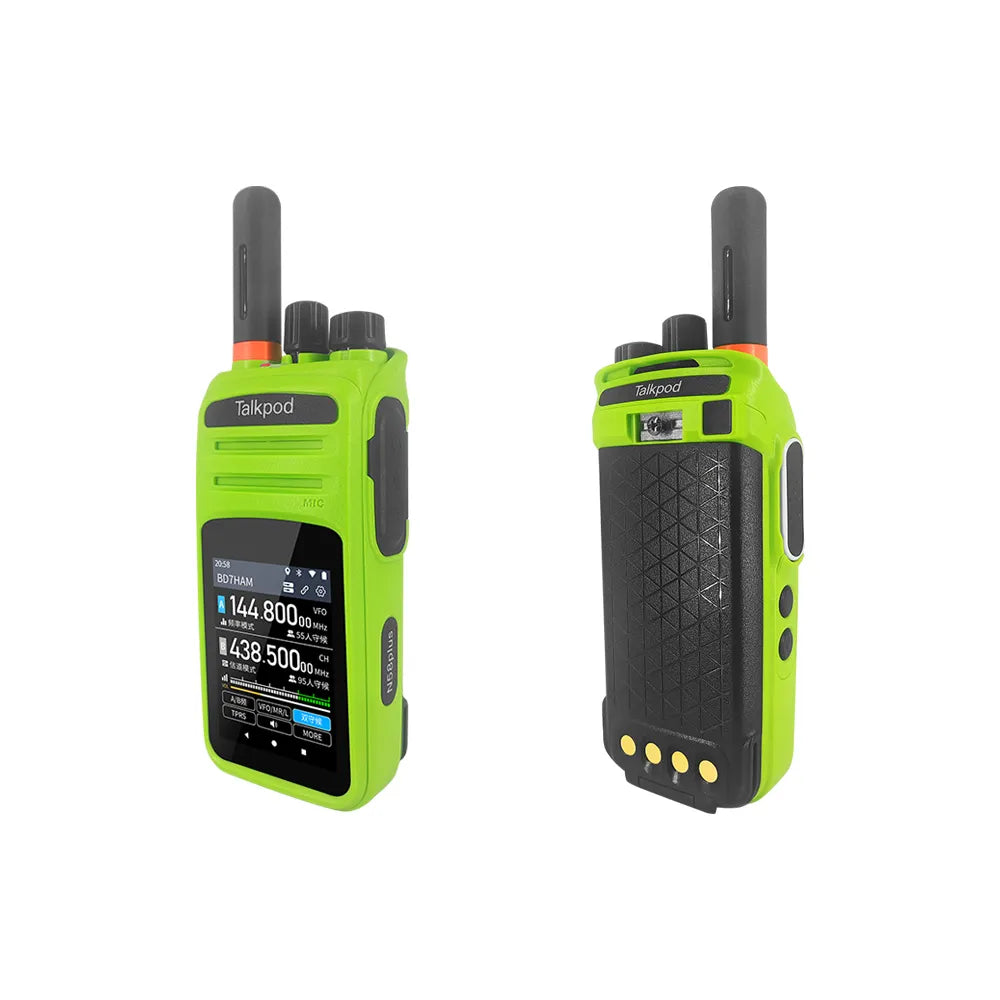
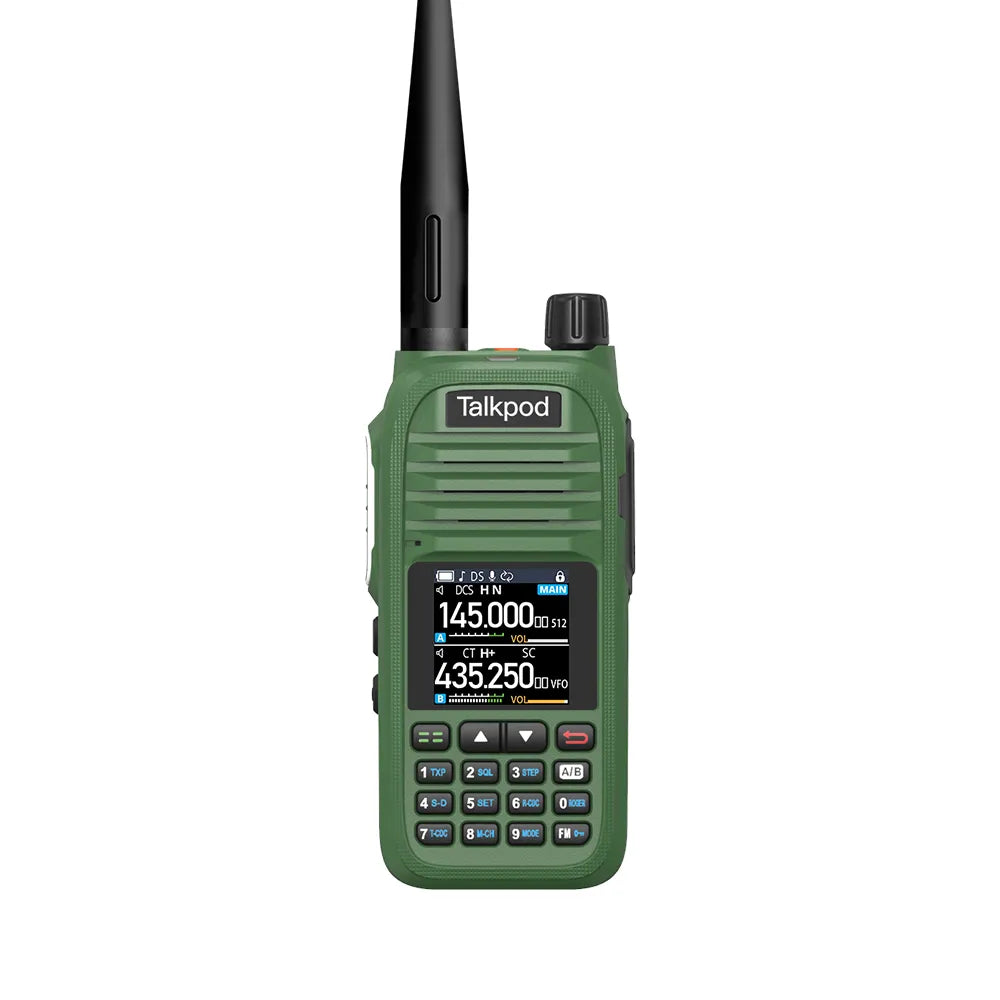

Leave a comment
All comments are moderated before being published.
This site is protected by hCaptcha and the hCaptcha Privacy Policy and Terms of Service apply.